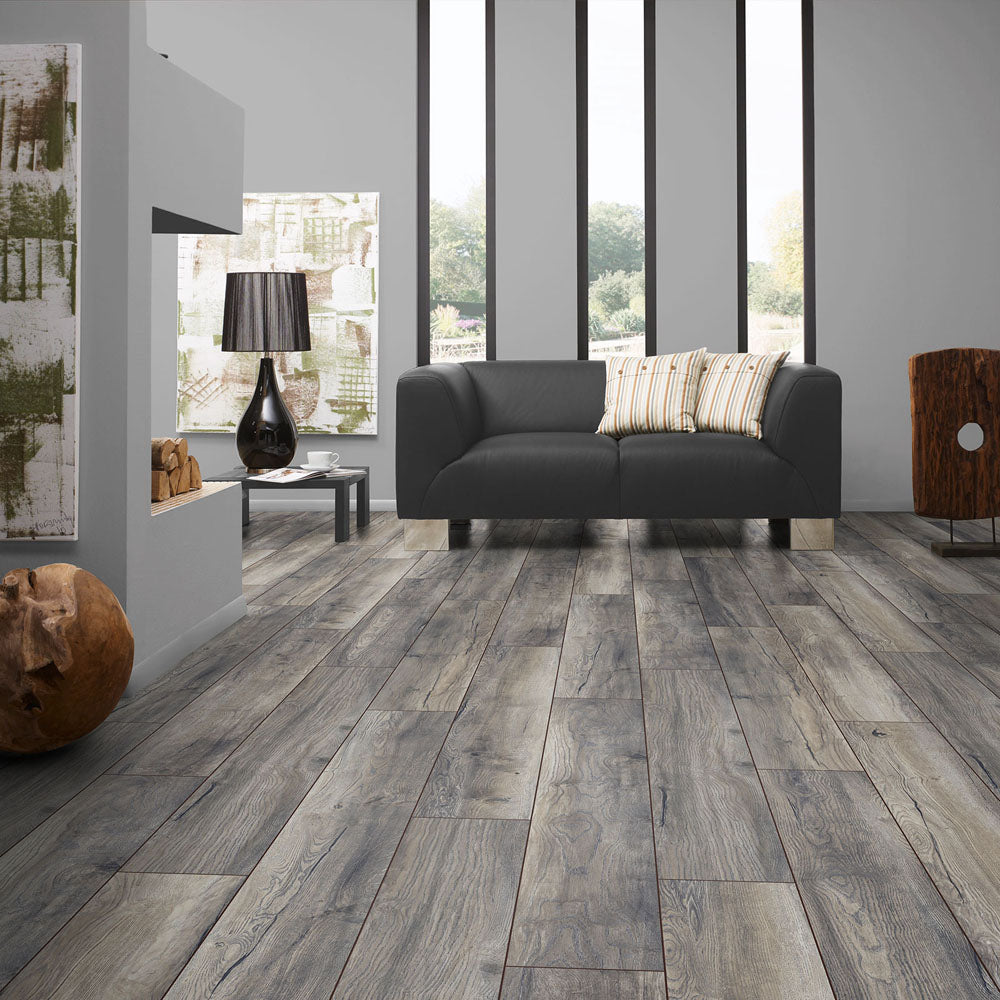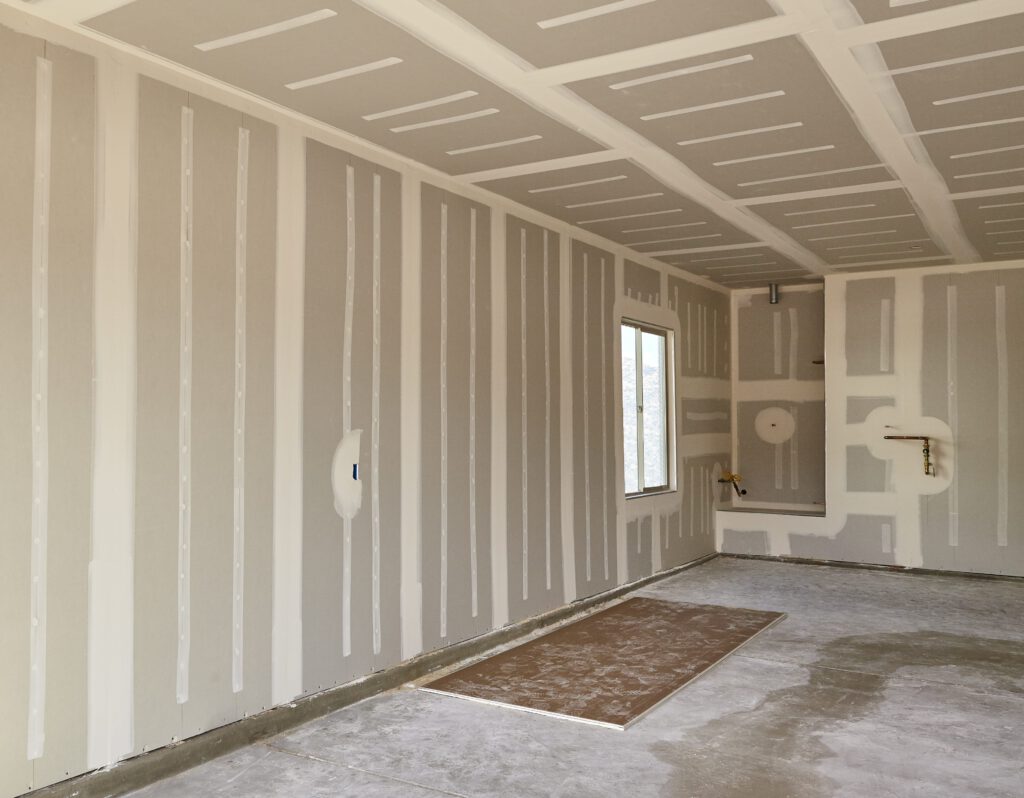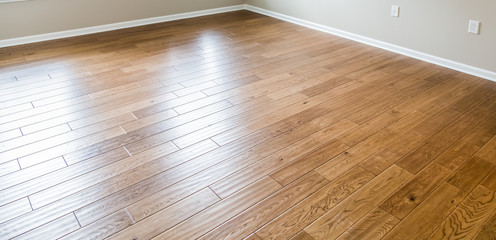
If you want the look of traditional hardwood, stone, or tile flooring without the hassle and high maintenance, laminate may be right for you. Laminate floors are easy to clean, durable, and come in a variety of styles to suit any decor.
The best laminate flooring is crafted from three to four protective layers and includes a backing layer that helps balance and prevent bowing. It also comes with a quality click-lock system for fast and easy floating floor installation.
The cost of laminate flooring depends on a number of factors. The type of wood grain you see on the planks, their thickness and texturing, as well as the design can all affect the cost. Generally, it costs between $3 and $6 per square foot for material.
Besides materials, you will also need to factor in installation. Although laminate flooring can be installed on your own, it may be more cost-effective to hire a professional. You can expect to pay between $1,440 and $4,310 for a single room.
Laminate flooring is available in a wide variety of colors and patterns, and it’s easy to customize the look with stencils and borders. It’s also very easy to install, making it a great choice for do-it-yourselfers.
You can choose from a range of wood-look laminates, including acacia, cherry, beech, and hickory. They’re all very realistic, and you can find different shades and grain patterns for each type.
Most laminates are click-lock floors that can be glued or nailed down, but you should check with your local flooring store to ensure your subfloor is level. If it’s not, you can still use laminate, but it will likely be more expensive and harder to install.
Another option is to use a vinyl floor. These come in a variety of designs and are more durable than laminates. They’re softer and more environmentally friendly, too.
However, the cost of vinyl flooring is significantly higher than laminates, and you may have to replace it more often. You should also be aware that most vinyl is not waterproof.
A more reliable and durable way to go is to install a hard-wearing version of laminate called high-pressure laminate (HPL). This uses 1000 pounds of pressure in the manufacturing process to make it more resistant to heavy traffic.
Some laminates are also backed with antimicrobial resin to keep the floor hygienic. This makes them more attractive to families with children or pets, and it helps protect the floor from bacterial growth.
The best way to find out which laminate flooring is right for you is to visit a home improvement store or online retailer and look at the samples. These will give you a sense of what the finished product will look like and how it will fit into your budget. You can also use an online flooring visualizer, which will help you decide which colors and pattern combinations would work best in your space.
Durability is one of the most important features to consider when deciding whether laminate flooring is the right choice for your home. It’s not only a factor in determining how much you’ll spend on the floor, but it can also affect your resale value and how easy it is to maintain and repair over time.
The most durable laminate floors feature a tough top layer and high-density fiberboard core that can handle heavy traffic. This means that they are more resilient to scratches and dents than many other types of flooring.
Laminate flooring’s durability is rated by the AC Rating, which ranges from cheap residential grades of 1 to heavy commercial-grade floors of 5. The higher the rating, the more resistant the laminate floor is to wear and tear.
This means that it’s more likely to last for a long time, which will save you money in the long run when it comes to maintenance. It’s also a great choice for homeowners who want a flooring material that’s antibacterial and resistant to stains, which is ideal for families with young children or pets.

